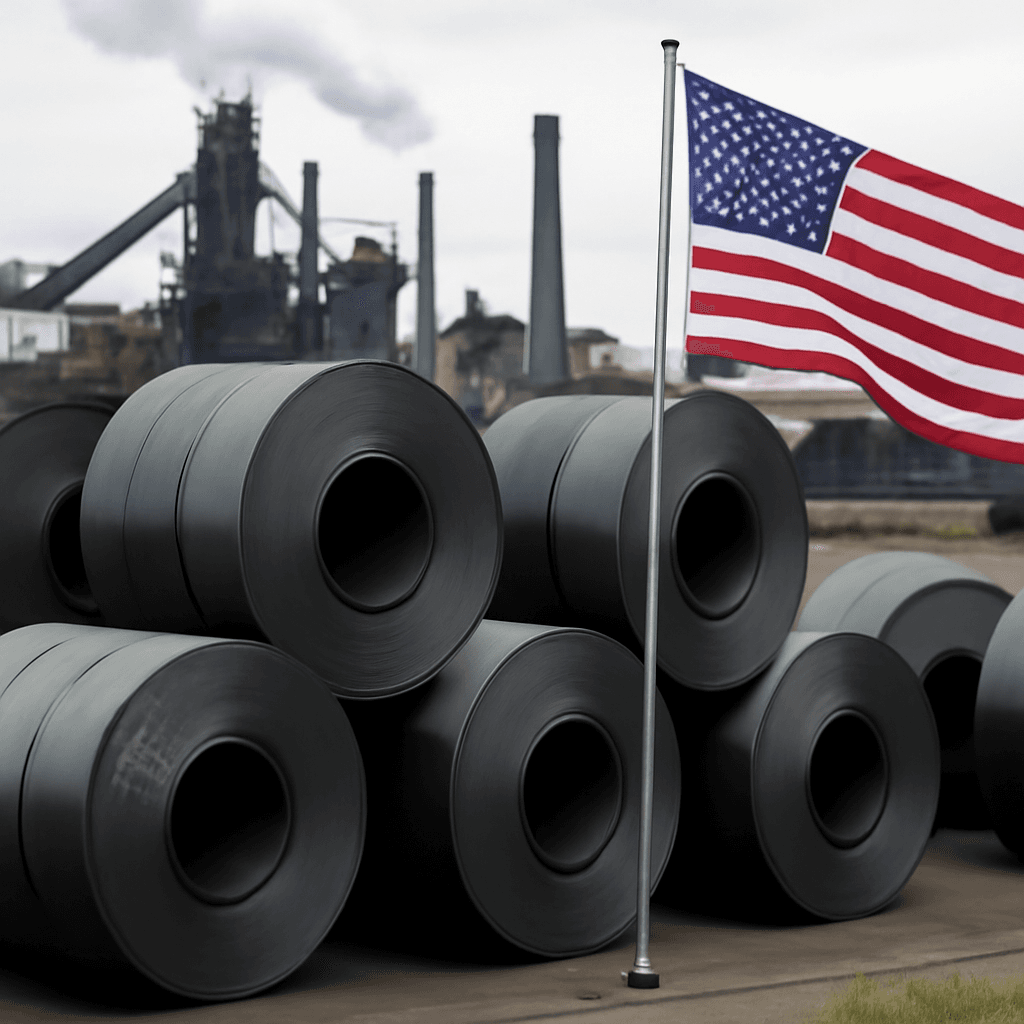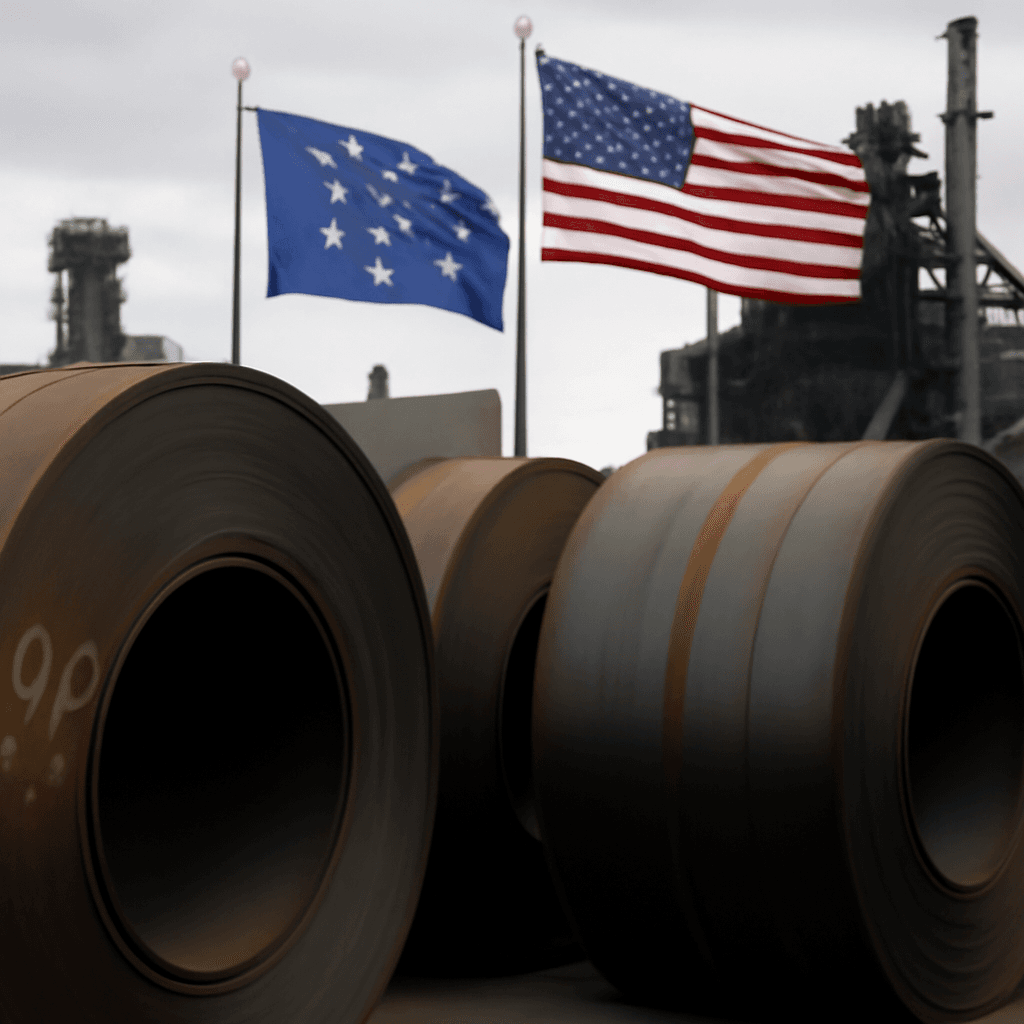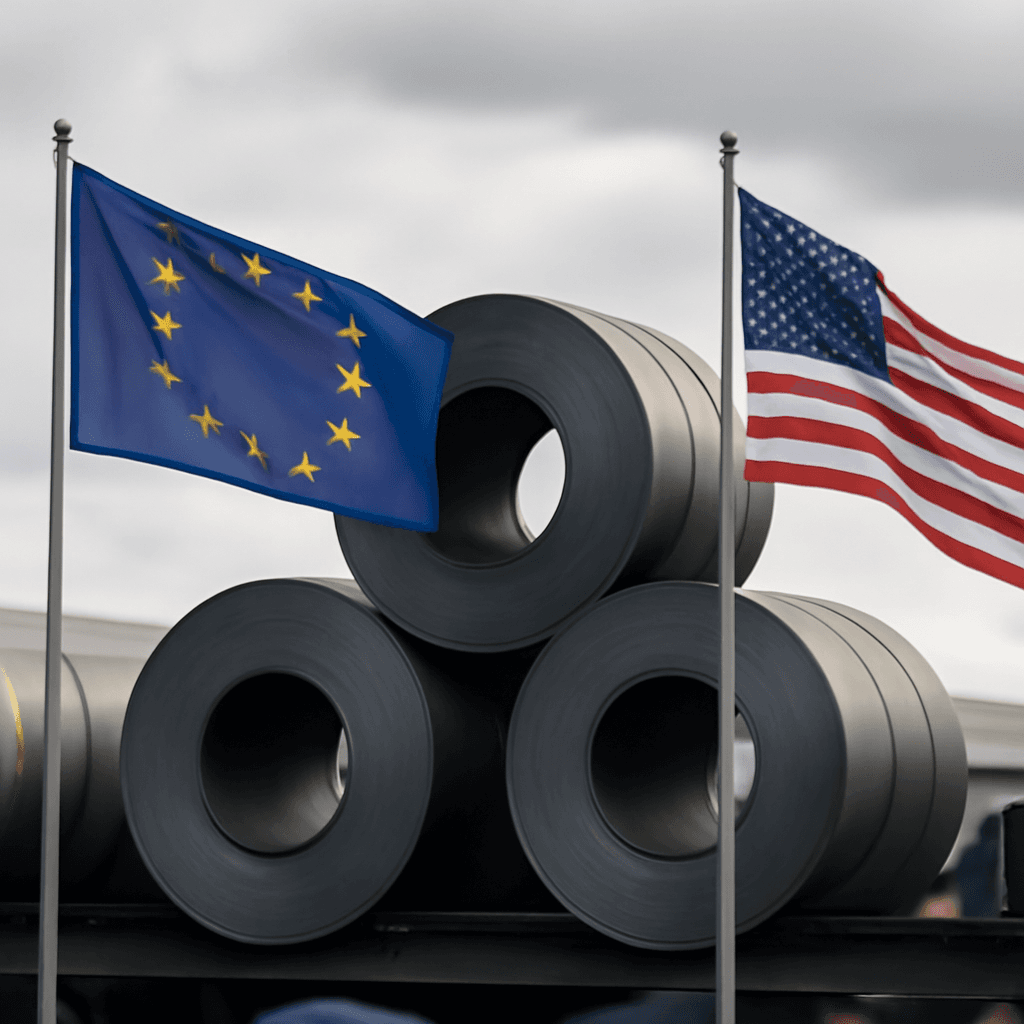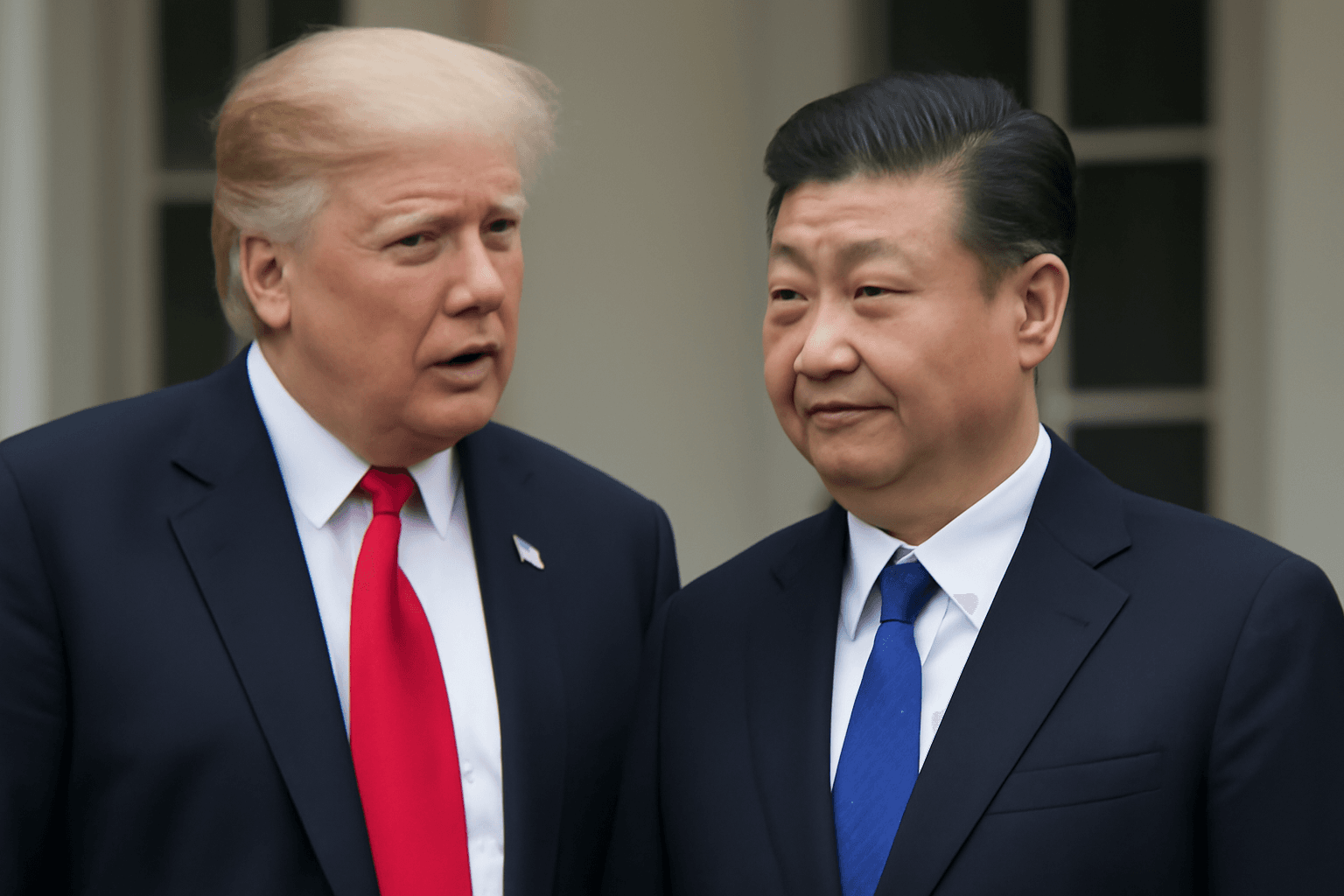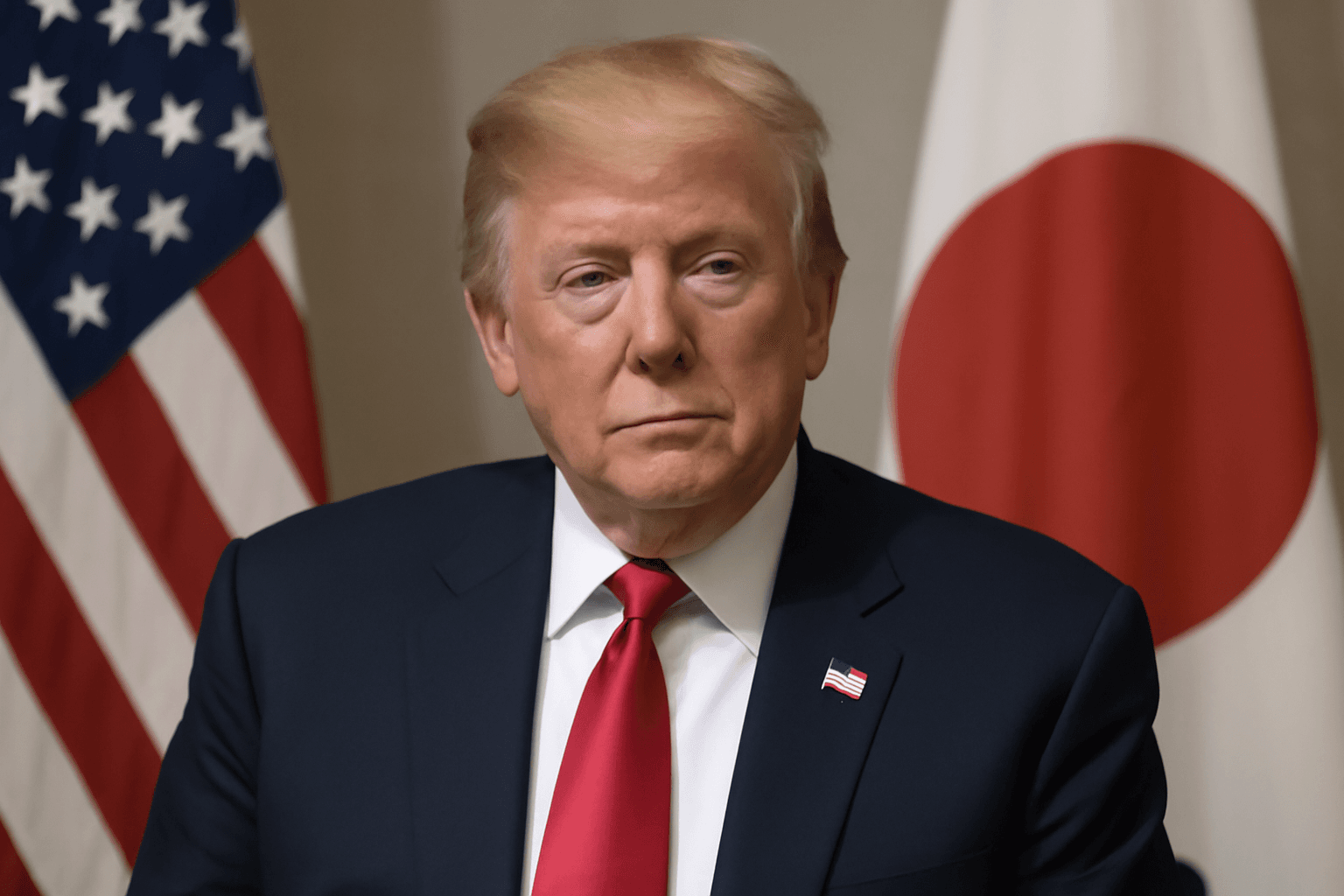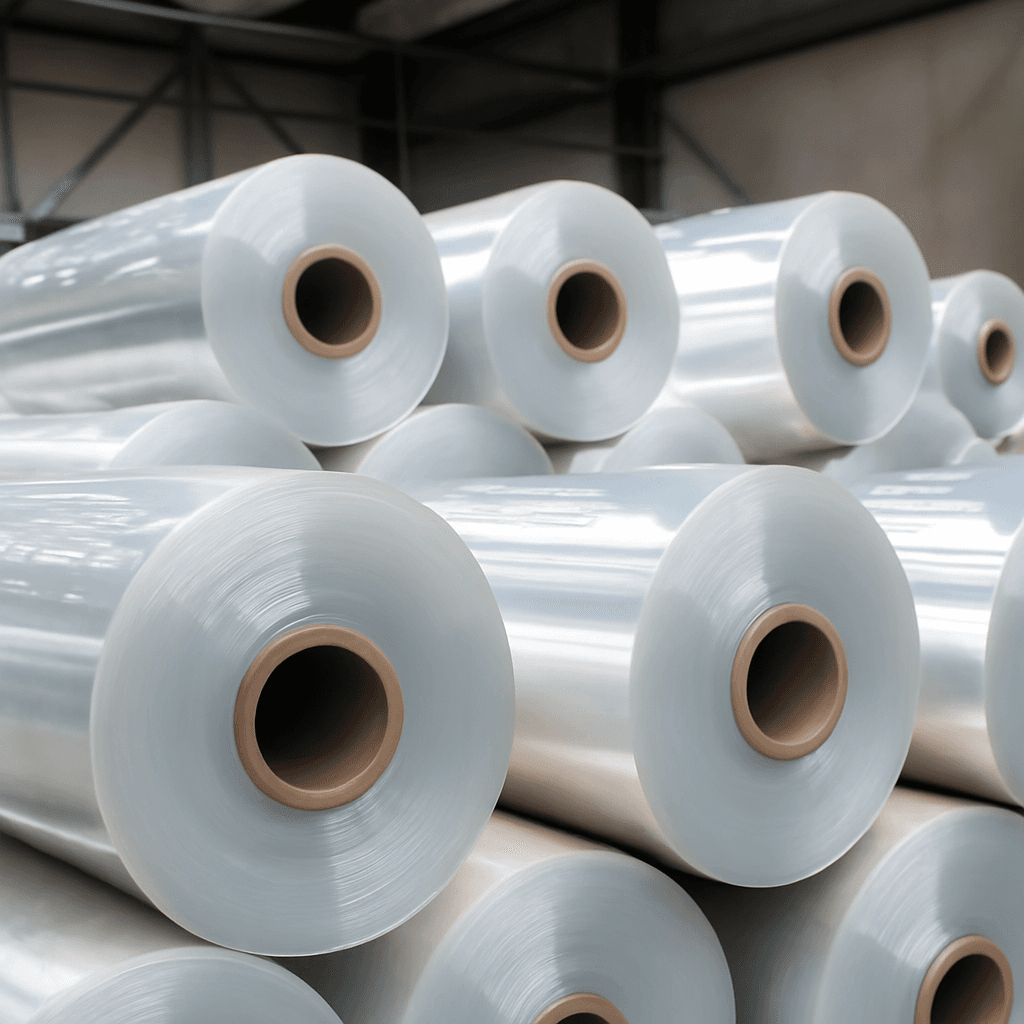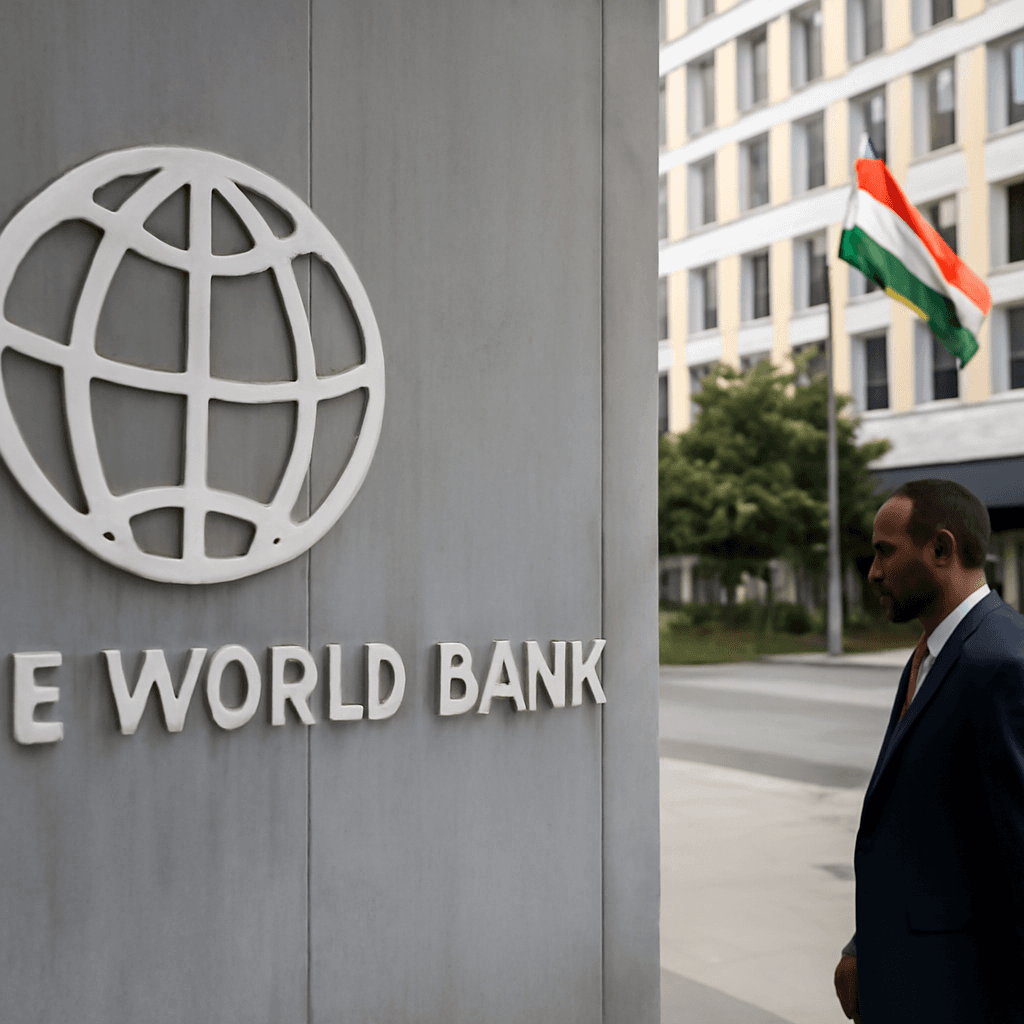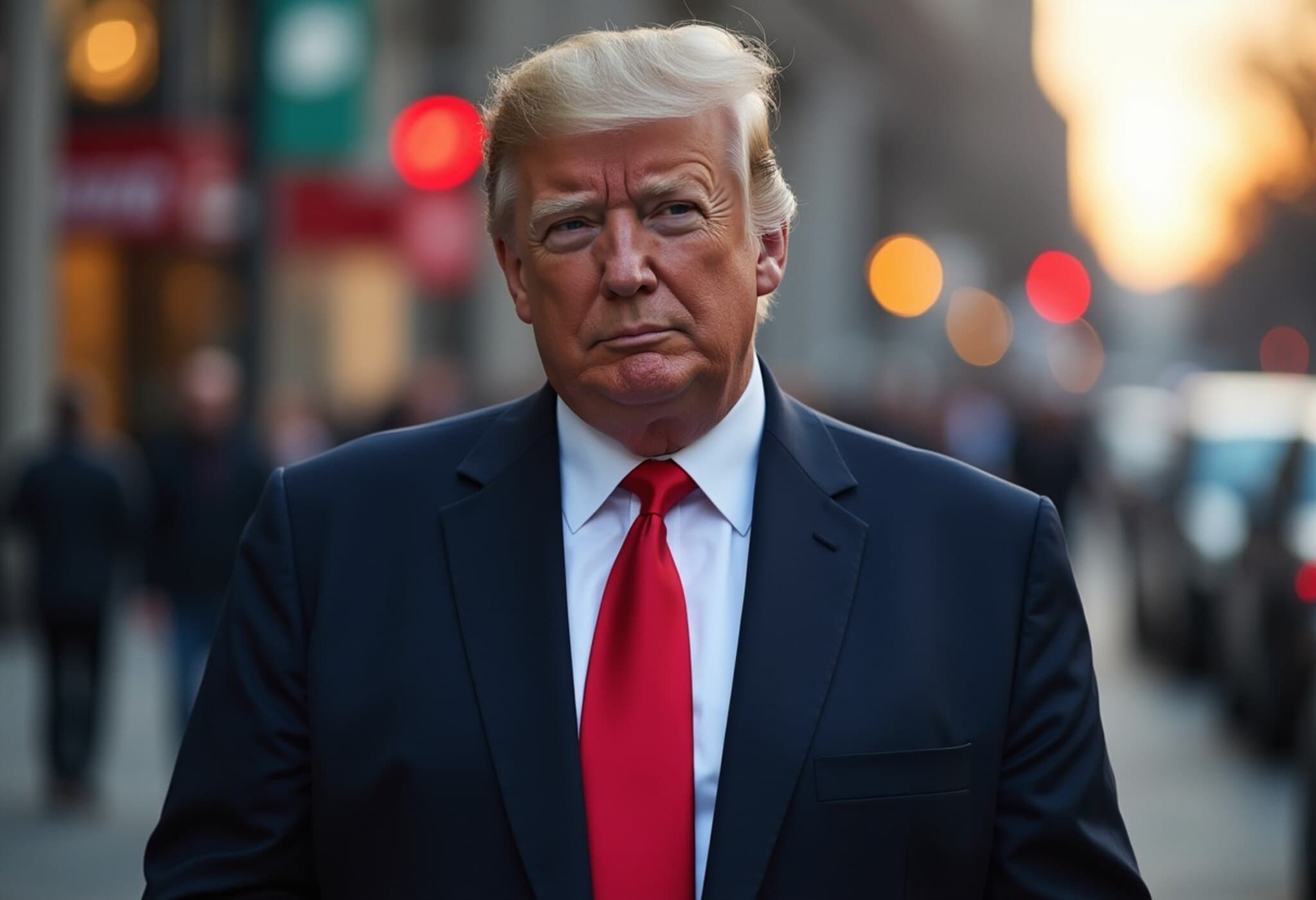US Announces 50% Steel Tariff: Market Reactions and Implications
The recent announcement of a 50% tariff on steel imports to the United States has sent immediate ripples through global steel markets. This tariff, set to take effect this week, is expected to cause a sharp rise in steel prices across the US while exerting downward pressure on prices in Europe.
US Market: Higher Prices Expected
Domestic steel prices in the US, already higher than global averages, are anticipated to climb further due to the new tariff. The US, as a net importer of steel, relies heavily on foreign steel supplies from countries including Canada, Mexico, Brazil, South Korea, and Germany. The tariff aims to protect the domestic steel industry but will likely increase costs for American manufacturers, potentially contributing to inflationary pressures.
European Market: Mixed Effects with Some Beneficiaries
For Europe, the tariff introduces complex dynamics. The possibility of redirected steel shipments from the US to Europe could increase steel availability in the region, placing downward pressure on European steel prices. Some European manufacturers, particularly those producing steel-intensive goods such as automotive components, construction materials, and appliances, may find export opportunities to the US expanding as American prices rise.
However, not all companies stand to gain. German automakers, including major firms, may experience negative impacts due to increased tariffs, with effects estimated to reduce profits by hundreds of millions. Other sectors, such as Danish wind energy development, might also confront challenges due to a lack of localized US supply chains for steel-intensive components.
Steel Industry Struggles Amid Rising Tariffs
Europe's steel industry remains fragile after the introduction of a 25% tariff earlier this year. The new US tariff exacerbates challenges in a market already experiencing low demand, squeezed profit margins, and production cuts. Many European producers are forced to shutter plants and reduce output as competition from low-cost steel producers in Asia intensifies.
This oversupply in Europe, if steel exports to the US diminish, could further pressure prices and profitability. Meanwhile, US steelmakers may benefit from the higher tariffs through improved selling prices, although increased input costs for US manufacturers may stoke inflation concerns.
Uncertainty and Industry Responses
The policy presents significant uncertainty for businesses on both sides of the Atlantic. Industry bodies and analysts note the volatile nature of trade policies and anticipate ongoing lobbying efforts that could alter or reverse the tariff measures in the near future. The impact on the UK's steel industry also remains unclear, with fears that orders may be canceled amid tariff concerns.
In summary, the 50% US steel tariff is reshaping global steel market dynamics, with rising American prices, potential European price declines, and widespread uncertainty affecting manufacturers and consumers alike.

